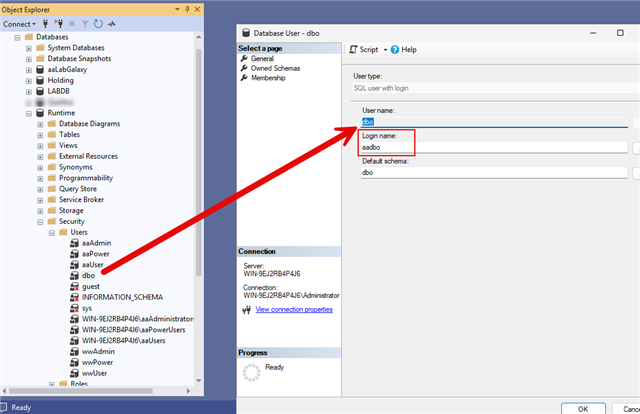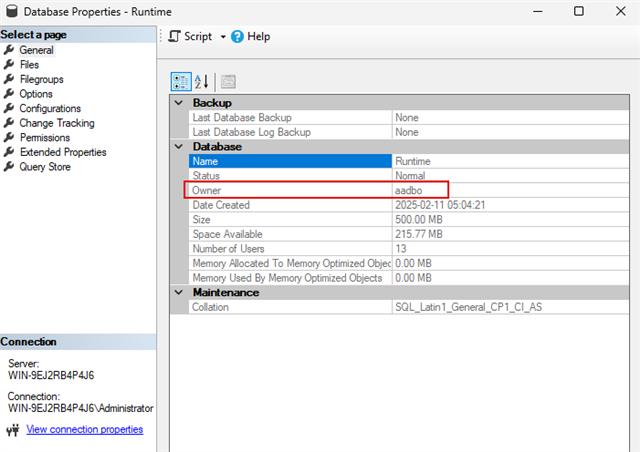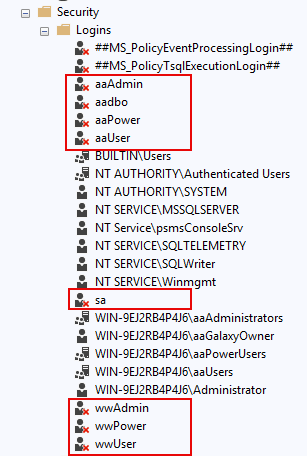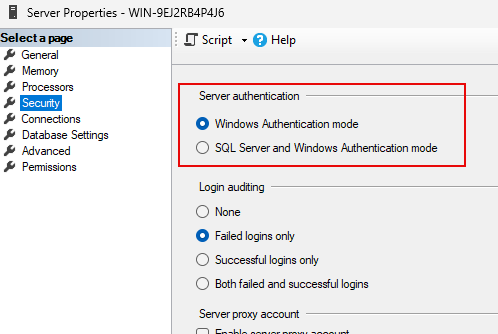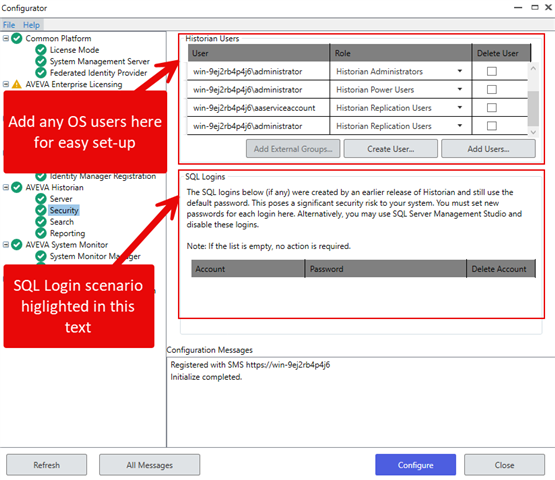I’ve recently been doing more migrations of older Historian Runtime databases to Historian 2017, 2020, or 2023 using the Tech Note.
There is a part that is confusing me:
""
USE Runtime
ALTER USER wwAdmin WITH LOGIN = wwAdmin
ALTER LOGIN wwAdmin WITH DEFAULT_DATABASE = Runtime
ALTER USER wwUser WITH LOGIN = wwUser
ALTER LOGIN wwUser WITH DEFAULT_DATABASE = Runtime
ALTER USER wwPower WITH LOGIN = wwPower
ALTER LOGIN wwPower WITH DEFAULT_DATABASE = Runtime
ALTER USER aaAdmin WITH LOGIN = aaAdmin
ALTER LOGIN aaAdmin WITH DEFAULT_DATABASE = Runtime
ALTER USER aaUser WITH LOGIN = aaUser
ALTER LOGIN aaUser WITH DEFAULT_DATABASE = Runtime
ALTER USER aaPower WITH LOGIN = aaPower
ALTER LOGIN aaPower WITH DEFAULT_DATABASE = Runtime
ALTER AUTHORIZATION ON DATABASE::Runtime TO aadbo;
The line ALTER AUTHORIZATION ON DATABASE::Runtime TO aadbo; was added in the recent manual.
I’m not sure exactly what “aadbo” refers to here—
am I supposed to enter the username currently in use? Please explain.


